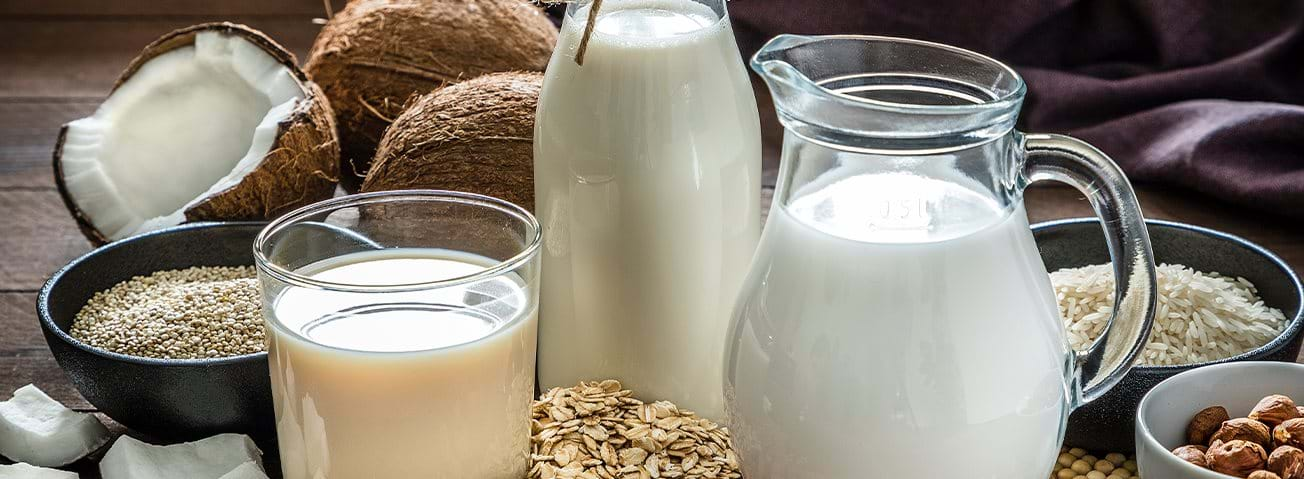Plant-Based Products Replacing Cow’s Milk, But the Impact Is Small

According to the USDA, Economic Research Service’s (ERS) food availability data, Americans have been drinking less and less fluid cow’s milk on a per person basis since the mid-1940s. However, the rate of decline has increased recently. Between 1995 and 2009, ERS data show that the per-person U.S. supply of cow’s milk available for consumption fell at an average annual rate of 1.0 percent. From 2010 to 2017, per capita availability fell at an average rate of almost 2.5 percent a year.
Plant-based milk alternatives may play a role. Grocery store shelves and refrigerated cases offer a variety of non-dairy beverages with package labels that include the word “milk.” Industry statistics show almond-based products are the most popular. Also available are cashew, pea, soy, and rice options, among others.
ERS researchers used National Consumer Panel data from the private market research company IRI for 2013 through 2017 to investigate whether sales of plant-based products are increasing at the expense of cow’s milk. Households participating in the panel report their food purchases after each shopping occasion at a retail food store (e.g., supermarket, supercenter, or convenience store).
ERS researchers confirmed that cow’s milk remains a staple food item. At some time during 2017, for example, 92 percent of American households bought cow’s milk. Even among those who bought plant-based alternatives, 90 percent still bought cow’s milk. However, the researchers also found that sales of cow’s milk fell over time, while sales of plant-based options rose. Weekly average purchases of cow’s milk declined 12 percent from about 0.41 gallon per household per week in 2013 to 0.36 gallon per household per week in 2017. By contrast, purchases of almond, soy, and other plant-based products increased 36 percent from 0.028 gallon to 0.038 gallon per household per week.
A statistical model’s estimation further showed that increased sales of plant-based alternatives are negatively affecting households’ purchases of cow’s milk. The rate of replacement is estimated to be about one-to-one in recent years. In other words, every gallon of plant-based product bought by a household could be replacing an equal-sized sale by dairy suppliers. Even so, the increase in sales over 2013 to 2017 of plant-based options is one-fifth the size of the decrease in Americans’ purchases of cow’s milk. Therefore, sales of plant-based milk alternatives are contributing to—but not a primary driver of—declining sales of cow’s milk.
“Are Plant-Based Analogues Replacing Cow’s Milk in the American Diet?”, by Hayden Stewart, Fred Kuchler, Jerry Cessna, and William Hahn, Journal of Agricultural and Applied Economics, July 2020, doi:10.1017/aae.2020.16
Food Availability (Per Capita) Data System, by Linda Kantor and Andrzej Blazejczyk , USDA, Economic Research Service, June 2024
Dairy, by Adriana Valcu-Lisman, Angel Terán, and Jerry Cessna, USDA, Economic Research Service, June 2024


